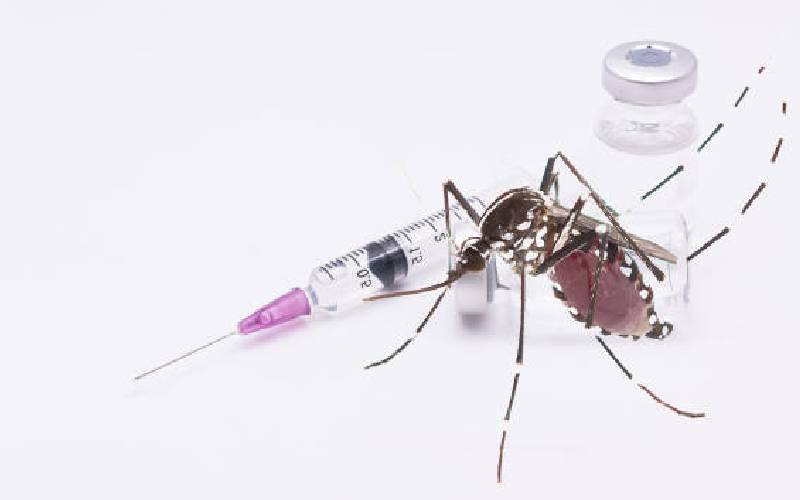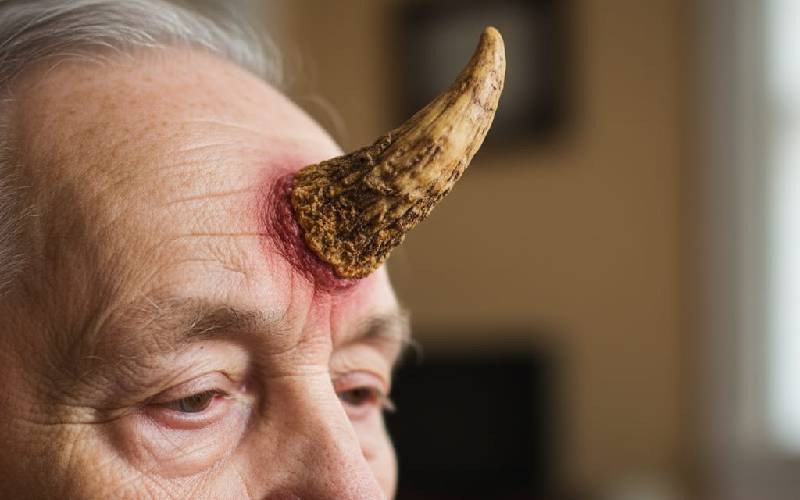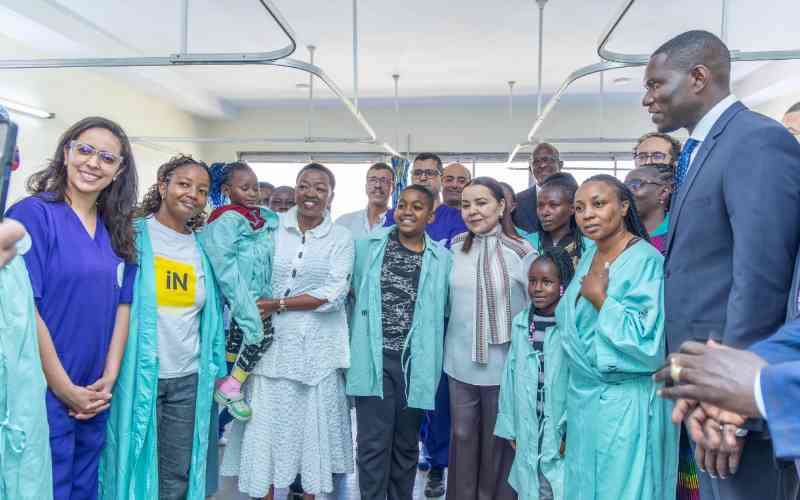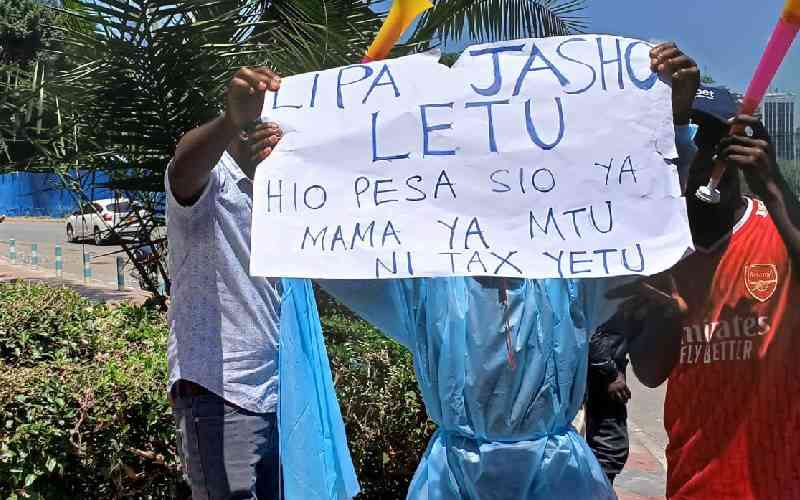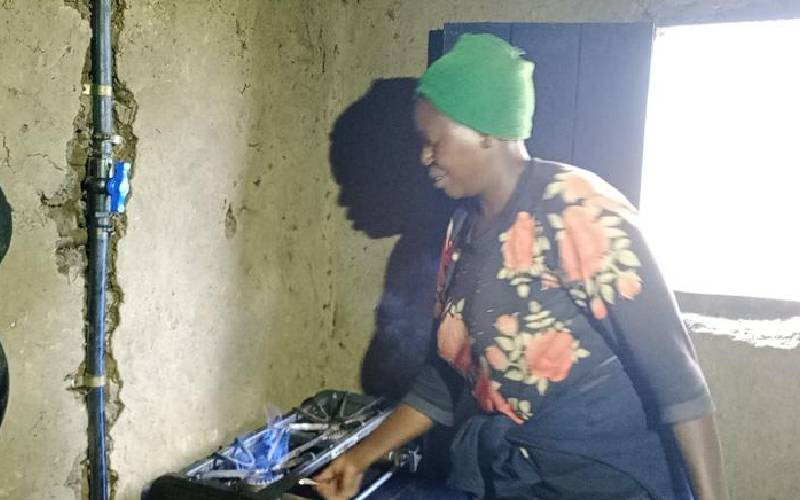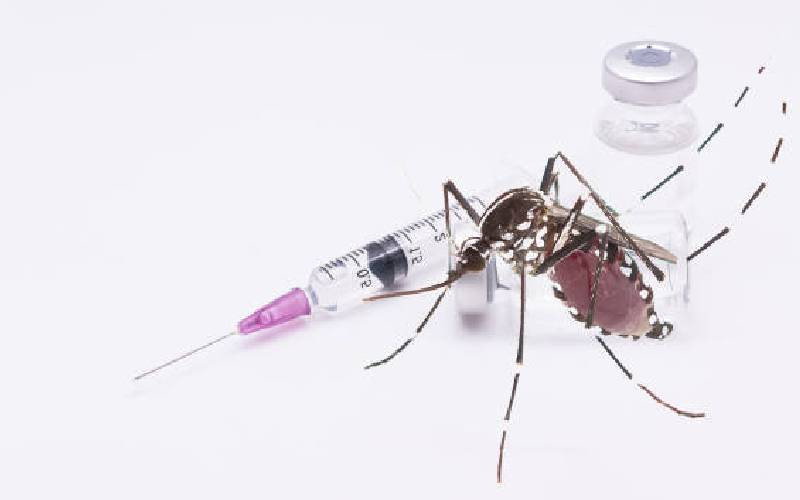
Kenya has long lived in the shadow of two zoonotic diseases that strike both livestock and people: Rift Valley Fever (RVF) and human brucellosis.
These illnesses deepen poverty, disrupt ranching and farming communities, and impose a heavy toll on the country’s economy.
Rift Valley Fever is a mosquito-borne viral disease that primarily affects sheep, goats, cattle and camels, while also infecting humans.
In Kenya, major outbreaks followed unusual heavy rainfall and flooding that triggered mosquito swarms, creating ideal conditions for virus transmission across animals and humans.
Clinically, most human infections start with a flu-like fever and muscle pain. A small percentage progress to haemorrhagic fever (bleeding disorders), encephalitis (brain inflammation), or ocular disease (eye infection that may lead to vision problems).
One documented 2006–07 outbreak resulted in hundreds of human deaths and millions in economic losses.
Human brucellosis, on the other hand, is caused by bacteria transmitted from livestock through raw milk, undercooked meat or direct contact with infected animals.
It presents with long-lasting fever, night sweats, joint and back pain, and all too often it is misdiagnosed, mistreated or simply overlooked.
In Kenya’s pastoral and agro-pastoral communities, seroprevalence (rate of exposure to infection based on blood test results) studies indicate exposure rates of up to 46 per cent among humans and even higher among livestock in some settings.
The Kenya National Public Health Institute (KNPHI) together with the Zoonotic Disease Unit (ZDU) and development partners launched two major policy tools aimed at turning the tide: the National Contingency Plan for Rift Valley Fever and the Human Brucellosis Testing Guidelines.
During the launch event, the organisations called on national and county governments, farmers, health workers and the public to adopt a One Health approach in recognising that human health, animal health and environmental factors are deeply interlinked.
Speaking during the launch, Principal Secretary of Public Health, Mary Muthoni, said Rift Valley Fever and brucellosis continue to burden pastoral and farming families through preventable infections.
“These diseases affect both people and livestock, costing lives and livelihoods. Through these new tools, we are saying enough is enough. Prevention, preparedness and protection must go hand in hand,” she said.
“These tools must not remain as documents. We must move from decisions around a table into action and ensure that preparedness truly leads to readiness,” added PS Muthoni.
The RVF Contingency Plan sets out a five-chapter framework: an overview of RVF, a detailed risk analysis, planning assumptions for outbreak phases, functional area protocols, and standard operating procedures (SOPs) for implementation.
It is designed to “enhance preparedness and early response to outbreaks and minimise health and socioeconomic impacts on humans, animals and the environment,” according to Dr Khadija Chepkorir of ZDU.
Counties with known vulnerability such as Isiolo, Narok, Kajiado, Marsabit, Tana River, Kiambu, Murang’a, Nakuru and Nairobi were represented at the launch.
They have large livestock herds, frequent flooding or high mosquito breeding potential, or both.
The Plan emphasises early warning systems, coordination across human, animal and environmental sectors, vaccination of livestock, surveillance of abortions in animals, and rapid response teams.
Dr Chepkorir explained that ecological drivers such as heavy rainfall and flooding trigger mass hatching of mosquito vectors which then infect livestock, and when humans handle sick animals or consume contaminated meat or milk, they get infected too.
The Human Brucellosis Testing Guidelines focus on improving diagnosis and treatment of brucellosis, a disease too often mis-handled.
Mathew Mutiiria of ZDU pointed out that many Kenyan health facilities have relied on low-quality rapid antibody tests such as the Febrile Brucella Agglutination Test (FBAT) or unvalidated kits that yield false positives or negatives.
Such misdiagnosis leads to unnecessary treatments, wasted funds and prolonged suffering.
The Guidelines recommend wider use of the more accurate Rose-Bengal Test (RBT), and in specialised laboratories, Enzyme-Linked Immunosorbent Assay (ELISA) and Polymerase Chain Reaction (PCR).
They also emphasise training of county-level labs, strengthening supply chains for test kits and reagents, and integrating animal and human surveillance for brucellosis.
One woman from Narok, Alice Silantoi Nteei, shared her lived experience. A wife, mother and farmer keeping cattle and donkeys, she underwent four rounds of injections (21 each time) and multiple tablet regimens.
She said it was often blamed on her weight but the sickness persisted, leaving her weak and unable to provide.
She urged the government to “add machines for testing and affordable medication so we can do our daily work and provide for our children.”
A representative from the Ministry of Agriculture and Livestock Development, who spoke on behalf of Livestock development PS Jonathan Mueke, said the government is committed to strengthening animal health systems.
“Livestock is the backbone of many rural economies. By improving disease surveillance, vaccination and farmer awareness, we are not only protecting animals but also securing household incomes and national food security,” he said.
The Ministry of Environment, Climate Change and Forestry, represented by John Mwangi, emphasised how the Contingency Plan aligns with Kenya’s National Climate Change Action Plan and the Paris Agreement, stressing that environmental monitoring, data sharing and ecosystem restoration are all part of the fight against zoonotic diseases.
Professor Eric Fevre of the International Livestock Research Institute (ILRI) acknowledged decades of research by ILRI and others that underpin these documents.
He said the partnership between ILRI, the UK and German governments, and Kenyan agencies had been “an iterative, evidence-driven process all along.”
With past RVF outbreaks in Kenya recorded in 1997–98, 2006–07 and more recently in 2018 and 2023–24, the recurring cycle is shortening and the country is now facing the prospect of more frequent outbreaks.
Livestock deaths disrupt rural incomes and meat value chains; human illness imposes medical costs, lost productivity and school absenteeism. Meanwhile, brucellosis remains under-diagnosed and mis-treated, especially in pastoral regions where up to 45 per cent of people may have been exposed.
Kenya’s collaborative One Health institution, the ZDU operating jointly under the Ministries of Health; Agriculture and Livestock Development; and Environment, Climate Change and Forestry anchored both policy tools.
This cross-sector arrangement is designed to break down silos and ensure a coordinated response.
“We reaffirm our collective commitment to protecting public health, livestock productivity and ecosystem integrity through our health approach,” said Mwangi.
As the launch concluded, speakers delivered a strong call to action: county governments must adopt the tools, health and veterinary workers must drive surveillance and diagnostics, and communities must change behaviours around animal husbandry, meat and milk consumption, and vector control.
“Use protection when handling animal blood or bones, avoid eating meat from sick or dead animals, and drain standing water to reduce mosquito breeding,” PS Muthoni said.
 The Standard Group Plc is a multi-media organization with investments in media
platforms spanning newspaper print
operations, television, radio broadcasting, digital and online services. The
Standard Group is recognized as a
leading multi-media house in Kenya with a key influence in matters of national
and international interest.
The Standard Group Plc is a multi-media organization with investments in media
platforms spanning newspaper print
operations, television, radio broadcasting, digital and online services. The
Standard Group is recognized as a
leading multi-media house in Kenya with a key influence in matters of national
and international interest.

